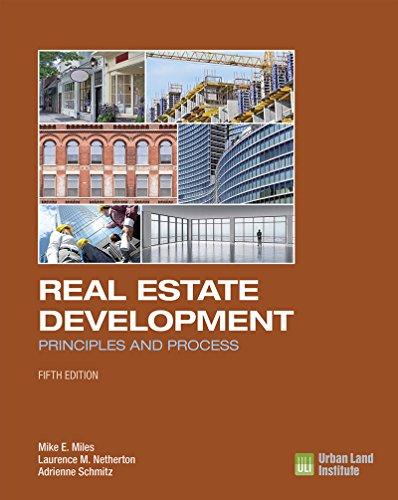Answered step by step
Verified Expert Solution
Question
1 Approved Answer
Mike s Restaurant ( PTY ) LTD It was early February 2 0 1 2 , and Jake Long, chief executive officer and general manager
Mikes Restaurant PTY LTD
It was early February and Jake Long, chief executive officer and general manager of Mikes Restaurant Pty Ltd was reviewing the financial results of his young but solvent company. While the firm had shown a profit almost right from its inception, Jake believed he needed to find ways to improve its profit margin prior to the firm's planned expansion into two additional locations.
Company Background
The company was based in Illovo, Johannesburg. The firm had one restaurant in operation but, as noted above, planned to open two additional facilities within the next months. This expansion was to be financed by a group of investors whom Mr Long had known for several years.
Mr Long had previously been the regional manager for Gauteng for a nationwide restaurant chain. He resigned from that position in late in order to go into business for himself. By the time he was able to come up with the concept, the design, the location, and the financing for his new venture, it was March of The first location of his 'hoped for" chain of restaurants opened for business on September
Despite his year track record in the restaurant business, Jake spent a very large portion of his time directly involved with the operation of this first restaurant during both the latter part of and the entire year of He felt that it was important for him to fully understand and analyse every aspect of the operation of this pilot site.
At the present time, however, Jake was concerned about the overall reported profitability of the restaurant during As this restaurant was to be the model against which other, newer, locations would be compared, he wanted to make sure that it was as profitable as it should be
Restaurant Profitability
A recent discussion with the firm's auditors had led Jake to conclude that some analysis was in order. In this discussion, the auditor had noted that some of the more successful local chains had managed to earn as much as to percent return pretax on sales. As Mikes Restaurant was operating well below this level see Exhibit Jake felt that a review was in order. While he didn't want to prejudge how the current margin might be improved, Jake was reasonably certain that increased volume would play only a small part. This belief was based on the premise that the current volume which had been quite good right from the start was such that the restaurant operated at near capacity two or three evenings of the week. In addition, the lunch hour traffic had been quite good.
Jake decided to try to determine the restaurant's breakeven point both under current operating conditions and under the assumption that changes might be possible in the sales price, the variable costs, andor the level of fixed costs. In order to sort out the data so that this type of analysis could be performed, Jake had rearranged the cost data from the operating statement such that it portrayed both fixed and variable components of the overall level of costs incurred see Exhibit
Jake believed that the numbers shown Exhibit were representative of what the firm might expect to face in the coming year with three exceptions. First, the labour cost both direct and salaries would probably rise by about ten percent Second, the cost of raw materials food costs was expected to increase by about twenty percent during the coming year. Finally, all other costs including payroll tax except depreciation and interest expense were expected to grow on average by about ten percent Jake felt that the charge for depreciation, and for interest would remain virtually unchanged. In terms of the mix of entrees sold, he believed that any growth was likely to be evenly distributed across both the overall menu and the lunch versus dinner dimensions.
Jake believed that the maximum practical capacity of the restaurant was about higher than the average daily volume. Getting anywhere near that volume figure, however, would not be a particularly easy task. Further, he knew that the projected cost increases noted above would serve to lower the firm's overall return on sales. Thus, raising the firm's margin to the to range might proveto be difficult.
Exhibit
Mike's Restaurant
Income Statement for the year ended December
Sales
Cost of goods
Direct labour
Food cost
Gross profit
Expenses
Advertising
Auto & travel
Cleaning
Depreciation
Insurance
Laundry
Professional fees
Rates
Rent
Repairs & maint
Managers Salary
Supplies
Taxes, payroll
Telephone
Utilities
PBIT
Interest
Step by Step Solution
There are 3 Steps involved in it
Step: 1

Get Instant Access to Expert-Tailored Solutions
See step-by-step solutions with expert insights and AI powered tools for academic success
Step: 2

Step: 3

Ace Your Homework with AI
Get the answers you need in no time with our AI-driven, step-by-step assistance
Get Started


